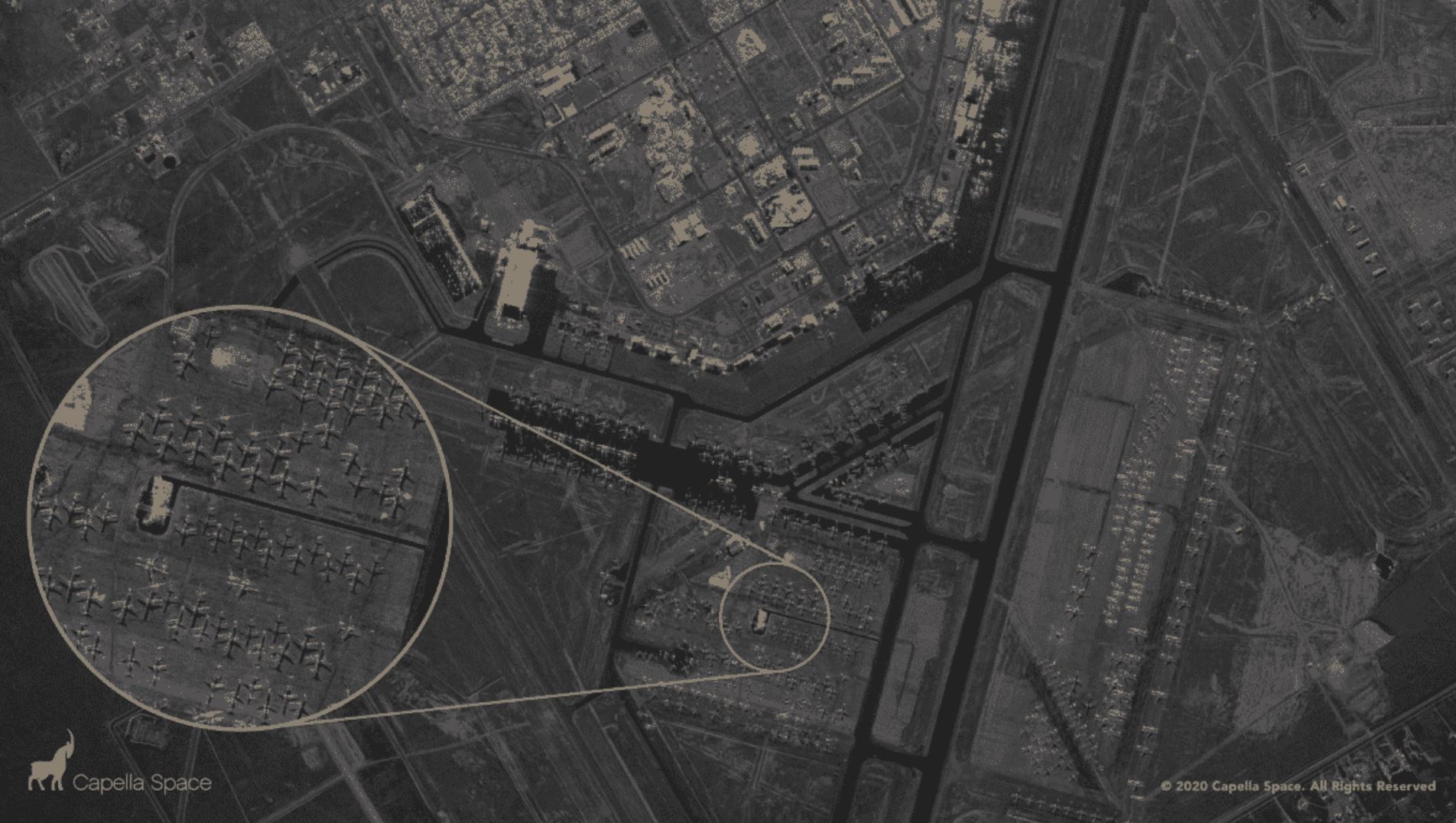"You can run but you cannot hide” is not just a funny statement any more. Technocrat engineers have invented new ways to capture super high-resolution images from space, even to the extent of seeing straight into buildings. Further, there are more resolution refinements to come. ⁃ Technocracy News & Trends Editor Patrick Wood
A few months ago, a company called Capella Space launched a satellite capable of taking clear radar images of anywhere in the world, with incredible resolution — even through the walls of some buildings.
And unlike most of the huge array of surveillance and observational satellites orbiting the Earth, its satellite Capella 2 can snap a clear picture during night or day, rain or shine.
“It turns out that half of the world is in nighttime, and half of the world, on average, is cloudy,” CEO Payam Banazadeh, a former system engineer at the NASA Jet Propulsion laboratory, told Futurism. “When you combine those two together, about 75 percent of Earth, at any given time, is going to be cloudy, nighttime, or it’s going to be both. It’s invisible to you, and that portion is moving around.”
On Wednesday, Capella launched a platform allowing governmental or private customers to request images of anything in the world — a capability that will only get more powerful with the deployment of six additional satellites next year. Is that creepy from a privacy point of view? Sure. But Banazadeh says that it also plugs numerous holes in the ways scientists and government agencies are currently able to monitor the planet.
“There’s a bunch of gaps in how we’re currently observing Earth from space — the majority of the sensors we use to observe earth are optical imaging sensors,” he said. “If it’s cloudy, you’re going to see the clouds, not what’s happening under the clouds. And if there’s not much light, you’re going to have a really hard time getting an image that is useful.”
By contrast, Capella can peer right through cloud cover, and see just as well in the daylight as in total darkness. That’s because instead of optical imaging, it uses synthetic aperture radar, or SAR.
SAR works similarly to how dolphins and bats navigate using echolocation. The satellite beams down a powerful 9.65 GHz radio signal toward its target, and then collects and interprets the signal as it bounces back up into orbit. And because the satellite is sending down its own signal rather than passively capturing light, sometimes those signals can even penetrate right through a building’s wall, peering at the interior like Superman’s X-ray vision.
“At that frequency, the clouds are pretty much transparent,” Banazadeh told Futurism. “You can penetrate clouds, fog, moisture, smoke, haze. Those things don’t matter anymore. And because you’re generating your own signal, it’s as if you’re carrying a flashlight. You don’t care if it’s day or night.”








